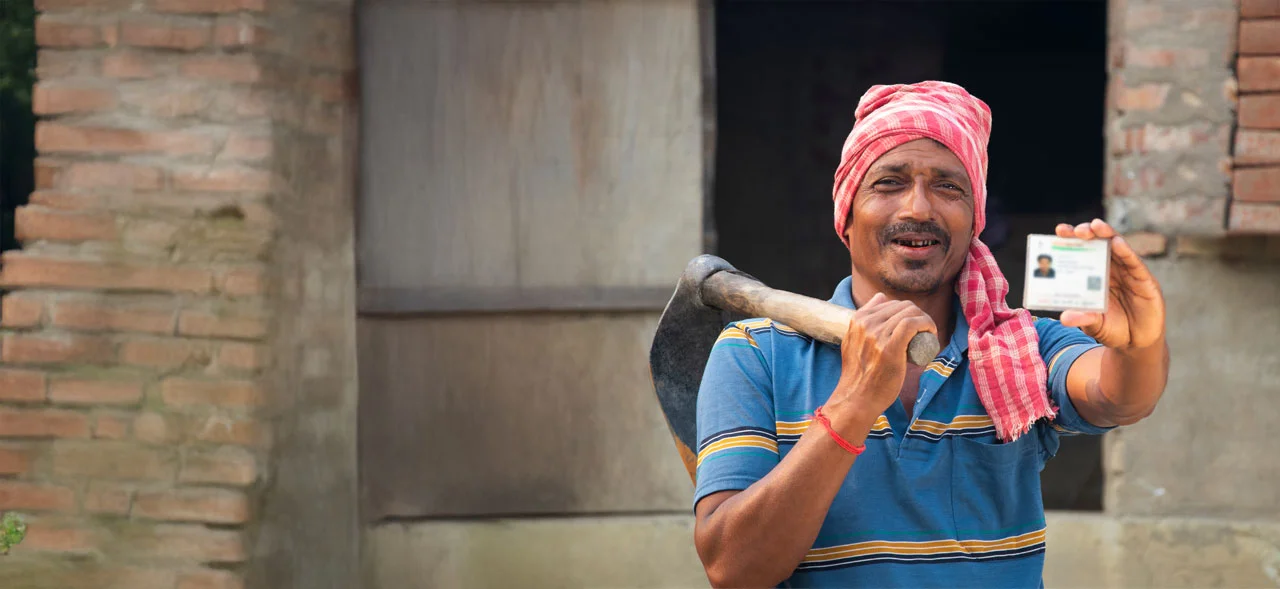
With the Digital India initiative leveraging India Stack, fintechs have an unprecedented opportunity to design solutions that drive financial inclusion. However, MSC’s research highlights that fintechs require extensive support to innovate for low- and middle-income (LMI) segments—ensuring they deliver affordable, accessible, and diverse financial services at scale.
To bridge this gap, MSC, in partnership with IIMA Ventures, launched the Financial Inclusion Lab in India. The Lab enables fintechs to tap into the vast market opportunity while addressing systemic financial inclusion challenges through tailored support and collaboration with key ecosystem players.
MSC undertook the following exercises for this program:
- We defined program objectives, structured the accelerator framework, and established governance through advisory and steering committees.
- We curated startup cohorts, facilitated mentorship with industry leaders, and provided hands-on support in market research, product planning, and testing for market fit.
- We enabled strategic partnerships, offered technical assistance in business strategy and UI/UX, and helped startups refine business models to secure growth capital.
We incubated 49 startups, impacting over 45 million low- and middle-income customers. With our support, these startups have raised over USD 250 million in funding. Spanning fintech, skill-tech, and agtech, they collaborate with financial institutions to reshape India’s financial inclusion landscape.

Myanmar’s small and medium industries (SMEs) have various unmet credit needs that stifle their growth. MSC was tasked to assess the market in detail to identify the financing needs of SMEs within Myanmar’s supply chains. We used these insights to collaborate with Proximity Finance and design new financial products, such as invoice discounting, supplier credit lines, and embedded supply chain lending models.
As part of this intervention, we developed an AI-powered risk-based lending framework to enhance credit risk evaluation. The framework integrated alternative credit scoring mechanisms and predictive analytics. The team also drafted a credit manual and an operation manual to ensure seamless implementation, along with training manuals for institutional capability-building. Additionally, we provided technical assistance in regulatory compliance and digital transformation to ensure the new credit models were both scalable and sustainable.
The project expanded access to working capital financing for SMEs, which enabled these small businesses to better manage their supply chain operations and scale efficiently. Proximity Finance introduced several new digital credit solutions to enhance operational sustainability and lending efficiency. This initiative equipped Myanmar’s micro and small enterprises with AI-driven financial tools, improved their access to credit, and reduced their dependency on informal financial sources. It has positioned MSMEs for long-term growth through its efforts.
The International Finance Corporation (IFC) commissioned the project.

The Unique Identification Authority of India (UIDAI) launched a regulatory sandbox in 2023 to plug a critical gap: FinTechs and start-ups had no safe, cost-effective way to integrate core Aadhaar APIs and validate e-KYC or authentication journeys before going live. The sandbox offers that controlled environment, accelerating new use cases in digital identity, financial services, and authentication, and supporting India’s broader digital-financial-inclusion strategy.
Commissioned by the Gates Foundation, MSC designed the sandbox end-to-end—drafting operational guidelines, eligibility and evaluation criteria, and outreach plans—then set up the cohort-management process and provided hands-on technical support so shortlisted FinTechs could refine biometric-authentication flows and KYC models.
In its first year, the sandbox attracted 150+ applications, selected 15 high-potential start-ups across two cohorts, and facilitated more than 1 million test authentications, helping participants cut average product-validation time by ~40 percent (UIDAI monitoring data, May 2025). These pilots have already produced paperless KYC stacks, contactless biometric-auth solutions, and AI-driven credit-scoring models, now moving toward market launch.

The Indonesian cooperative bank, TLM Cooperative, sought to modernize its operations and transition to a new core banking system (CBS). The CBS would allow TLM to enhance its operational efficiency and align with regulatory standards. MSC helped TLM successfully transition to the new CBS. We ensured a smooth migration from the legacy system and robust functionality to meet operational requirements. We also improved regulatory compliance and expanded digital banking services for more than 3.5 million customers.
MSC conducted a digital readiness assessment, identified gaps, and provided end-to-end support in the implementation process. We provided strategic guidance for TLM to select and implement the most suitable CBS solution. We ensured alignment with regulatory standards and business objectives. We facilitated the integration of AI-powered credit underwriting tools and automated loan workflows into the CBS to strengthen credit decision-making and risk management. Additionally, we helped the TLM team manage system migration, staff training, and vendor coordination, which ensured a smooth transition with minimal operational disruption.
The CBS implementation has enhanced transaction speed and regulatory compliance and strengthened TLM’s digital banking capabilities. By modernizing its financial infrastructure, TLM is now better equipped to offer more inclusive digital credit products, streamline loan processing, and expand services to more than 0.3 million underserved population.
Opportunity International Australia (OIA) commissioned the project.

Water.org’s WaterCredit and WaterCredit Adoption programs seek to scale water, sanitation, and hygiene (WASH) lending through financial institutions. However, limited access to capital remains a key constraint. While investors show interest in the sector, many lack the expertise, experience, and tools to engage effectively in WASH financing.
Water.org partnered with MSC to convene a WASH financing workshop in Bangladesh to address the issue. The workshop brought together capital providers, investors, government officials, and financial institutions. It explored the viability of WASH investments and discussed sector challenges. It also shared success stories from India and other global markets, and identified actionable strategies to improve capital flow into the sector.
The workshop led to major outcomes, which included a memorandum of understanding between Water.org and BRAC Bank. They would commit more than BDT 350 crore (approximately USD 30 million) toward expanding water and sanitation finance in Bangladesh.
Water.org commissioned this project.

India’s water, sanitation, and hygiene innovation landscape faces systemic barriers that hinder improvement. Some barriers include unfavorable policy environments, limited funding, handholding, and adoption support for innovators. These challenges discourage local governments from implementing solutions and constrain the impact of new startups.
MSC collaborated with Villgro and consulted startups from the Swachhta Startup Challenge to address this sanitation issue. The Swachhta challenge receives support from the Agence Française de Développement, the Ministry of Housing and Urban Affairs, urban local bodies, investors, and ecosystem partners. The team assessed supply- and demand-side barriers and reviewed past and current government initiatives and policies.
MSC developed a guidance note and strategic framework based on these insights to help local governments adopt scalable WASH innovations. The framework recommends actionable solutions, such as sustainable funding models, streamlined procurement processes, and support mechanisms. These would improve innovation uptake and strengthen urban infrastructure.
Villgro Innovations commissioned this project.





